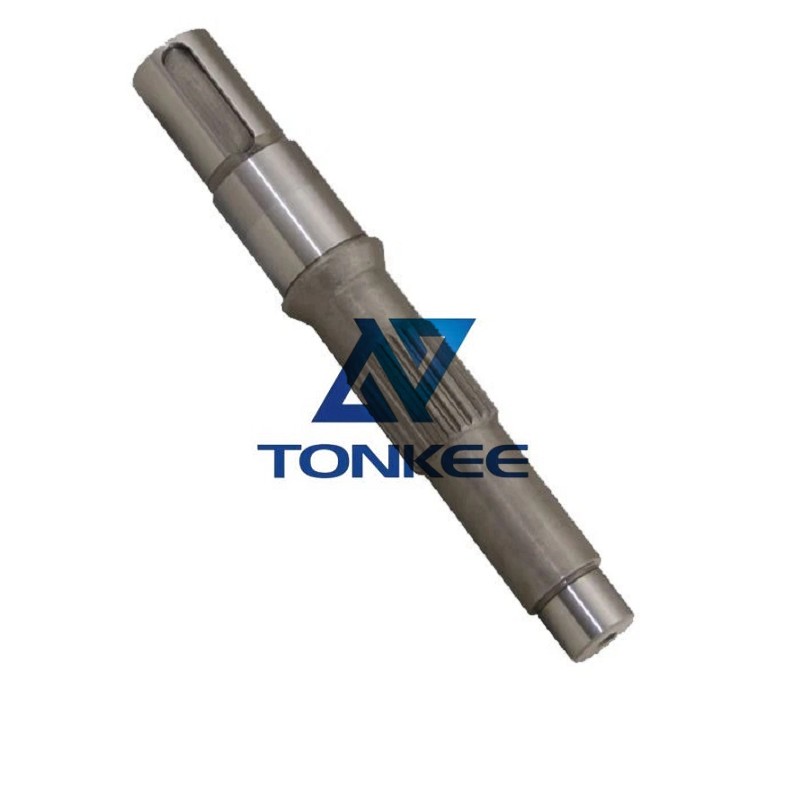
OEM parts offer the assurance of quality and compatibility since they are manufactured by the same company that produced the original equipment.
These parts are specifically designed to meet the exact specifications and tolerances required for optimal performance. OEM parts ensure a high level of reliability, as they undergo rigorous testing and quality control processes. Additionally, OEM parts often come with warranties, providing further peace of mind.
On the other hand, aftermarket parts are produced by third-party manufacturers and are generally less expensive compared to OEM parts. They offer a viable alternative for those looking to reduce costs without compromising the overall performance of the hydraulic system. Aftermarket parts can provide good quality and functionality, especially if sourced from reputable manufacturers. However, it's essential to ensure compatibility and verify the quality of the aftermarket parts before making a purchase.
When selecting parts for the Rexroth A10VO Series, it's crucial to consider the specific specifications required for your hydraulic system. These specifications include:
Model and Size: The A10VO Series has different models with varying sizes, ranging from A10VO18 to A10VO200. Ensure you choose the correct model and size that matches your hydraulic system's requirements.
Pressure and Flow Rate: Determine the required pressure and flow rate for your system. Different models within the A10VO Series have varying pressure and flow rate capacities. Select the appropriate parts that can handle the desired operating conditions.
Mounting and Connection: Consider the mounting and connection requirements of the pump system.
This includes the flange and shaft dimensions, as well as the inlet and outlet connections. Ensure the parts you choose are compatible with your system's mounting and connection specifications.
Material and Construction: Assess the material and construction of the parts to ensure they can withstand the demands of your application. Pay attention to factors such as corrosion resistance, temperature resistance, and durability.
Performance and Efficiency: Evaluate the performance and efficiency characteristics of the parts. Look for features like low noise levels, high volumetric efficiency, and precise control capabilities to optimize the overall performance of your hydraulic system.




